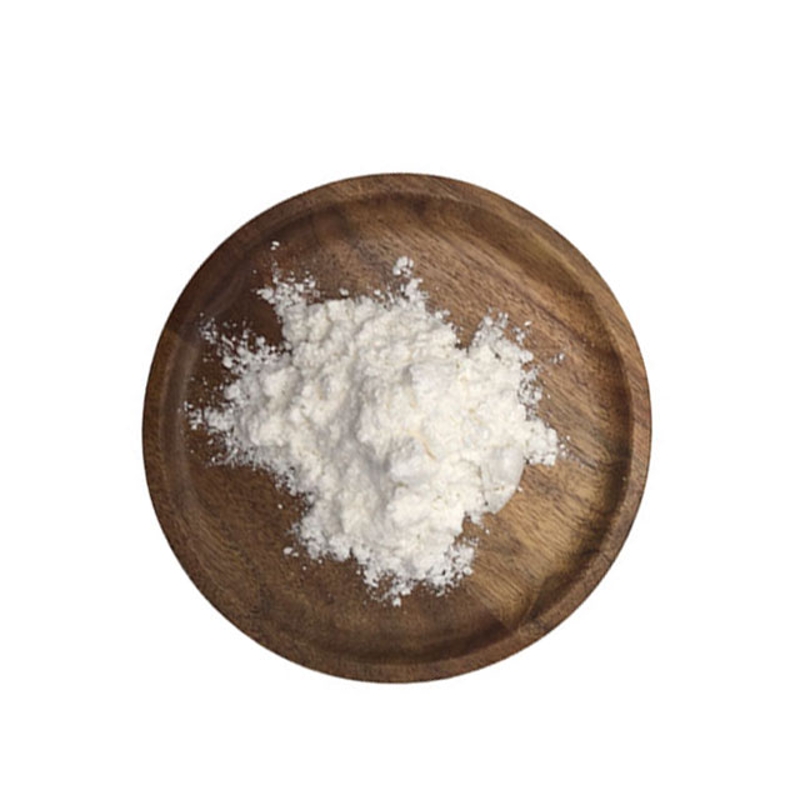-
Categories
-
Pharmaceutical Intermediates
-
Active Pharmaceutical Ingredients
-
Food Additives
- Industrial Coatings
- Agrochemicals
- Dyes and Pigments
- Surfactant
- Flavors and Fragrances
- Chemical Reagents
- Catalyst and Auxiliary
- Natural Products
- Inorganic Chemistry
-
Organic Chemistry
-
Biochemical Engineering
- Analytical Chemistry
- Cosmetic Ingredient
-
Pharmaceutical Intermediates
Promotion
ECHEMI Mall
Wholesale
Weekly Price
Exhibition
News
-
Trade Service
Introduction 80% of patients with hepatocellular carcinoma (HCC) in my country are caused by hepatitis B virus (HBV) infection.
In my country, there are approximately 30 million chronic hepatitis B (CHB) patients, but only 11% of them have received standard antiviral treatment.
At present, there are few related reports describing the outcome of a large number of CHB patients who have not received antiviral therapy.
Scholars from Shenzhen Hospital of Traditional Chinese Medicine and the Fourth Clinical Medical College of Guangzhou University of Traditional Chinese Medicine conducted a cohort study to evaluate the outcome of long-term follow-up of CHB patients without antiviral treatment.
Research Introduction This study included 362 CHB patients and 96 patients with hepatitis B cirrhosis who did not receive antiviral therapy and only received liver protection and anti-inflammatory therapy during 1993-1998.
The median follow-up time was 10 years and 7 years.
In addition, 203 CHB patients receiving antiviral therapy and 129 hepatitis B cirrhosis patients were included as a control group.
The median follow-up time was 8 years and 7 years, respectively.
The Kaplan-Meier curve was used to analyze the cumulative incidence of HCC, and the Cox regression model was used to analyze the risk factors of HCC.
The results of the study were that 16.
9% of patients in the non-antiviral treatment group had HBV DNA spontaneously dropped to an undetectable level, and 32.
8% had hepatitis B e antigen (HBeAg) seroconversion.
87.
2% of patients in the antiviral treatment group reached undetectable levels of HBV DNA, and 52% had HBeAg seroconversion.
The cumulative incidence of HCC among CHB and hepatitis B cirrhosis patients, the cumulative incidence of HCC in the non-antiviral treatment group was 14.
9% and 53.
1%, respectively, and the antiviral treatment group was 10.
7% and 31.
9%, respectively.
There was no significant difference in the cumulative incidence of HCC in CHB patients between the two groups (P=0.
842), but there was a difference in patients with hepatitis B cirrhosis (P=0.
026).
The cumulative incidence of HCC in patients with spontaneous HBeAg seroconversion and patients without spontaneous HBeAg seroconversion was 1.
6% and 22.
3%, respectively (P=0.
022).
The incidence of HCC in patients with spontaneous decline of HBV DNA to undetectable levels and those without spontaneous decline were 1.
6% and 19.
1% (P=0.
051).
Of the 203 CHB patients who received direct antiviral therapy, 79 developed antiviral resistance.
There was no significant difference in the cumulative incidence of HCC between antiviral resistant and non-resistant CHB patients (P=0.
119).
Among 129 patients with hepatitis B cirrhosis who received direct antiviral therapy, 30 developed antiviral resistance.
Compared with non-resistant patients, the cumulative incidence of HCC in patients with antiviral drug-resistant hepatitis B cirrhosis was significantly higher (P=0.
004).
The risk factors of HCC were analyzed by the Cox regression model on the corrected REACH-B score.
The results showed that alanine aminotransferase>400 U/L, history of diabetes, and family history of liver cancer are the risk of HCC in men aged>40 Factors (P<0.
05).
Multivariate analysis showed that a family history of HCC in men is a risk factor for HCC.
Conclusion Antiviral therapy and non-antiviral therapy (receiving liver protection and anti-inflammatory therapy) can reduce the risk of HCC.
Antiviral therapy may mask the spontaneous serological response of some CHB patients.
Therefore, the efficacy of early antiviral therapy in reducing the incidence of HCC cannot be overestimated.
Literature index: Jiang XY, Huang B, Huang DP, et al.
Long-term follow-up of cumulative incidence of hepatocellular carcinoma in hepatitis B virus patients without antiviral therapy[J].
World J Gastroenterol.
2021 March 21; 27(11 ): 1101-1116.
Contribution email: tougao@medlive.
cn







